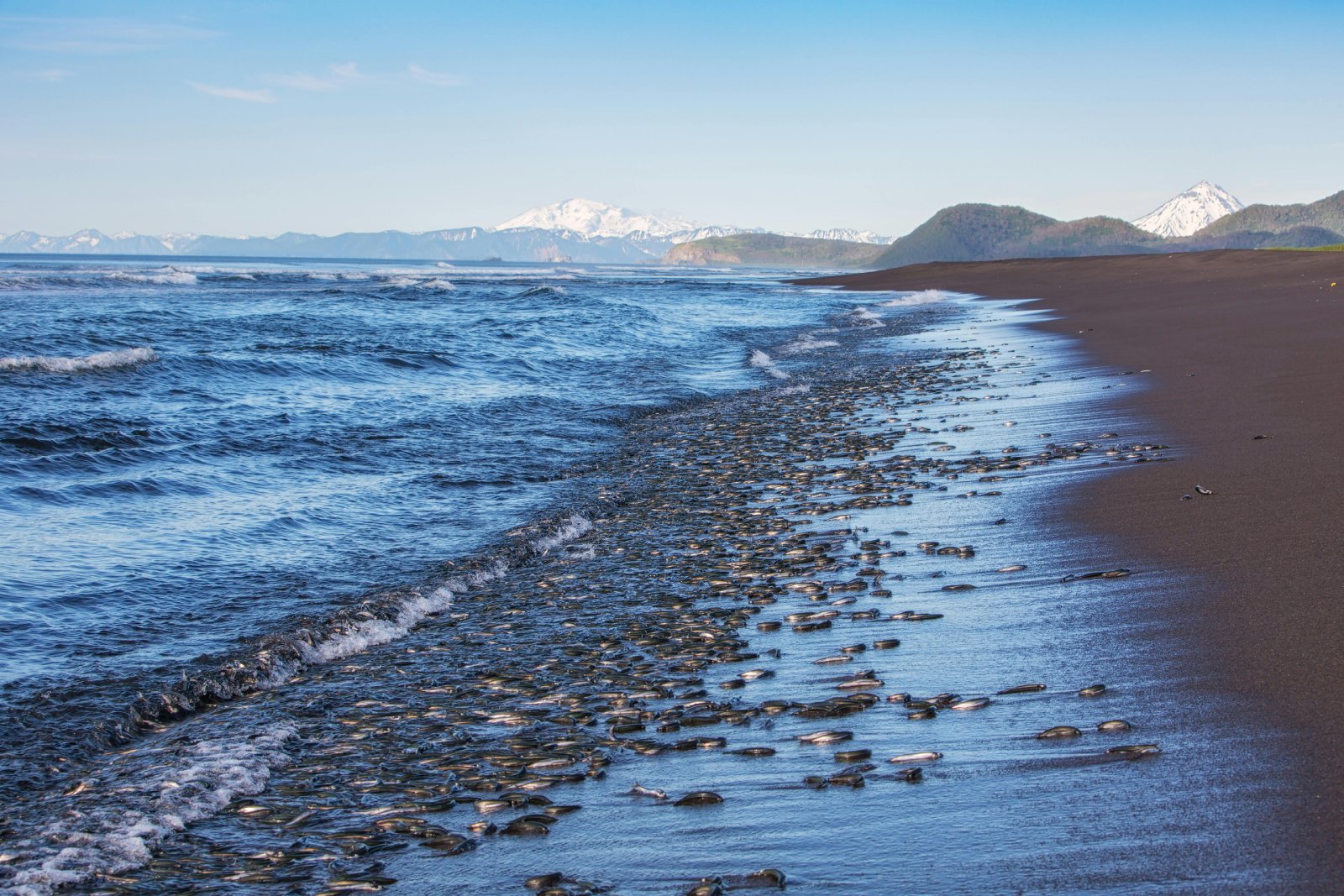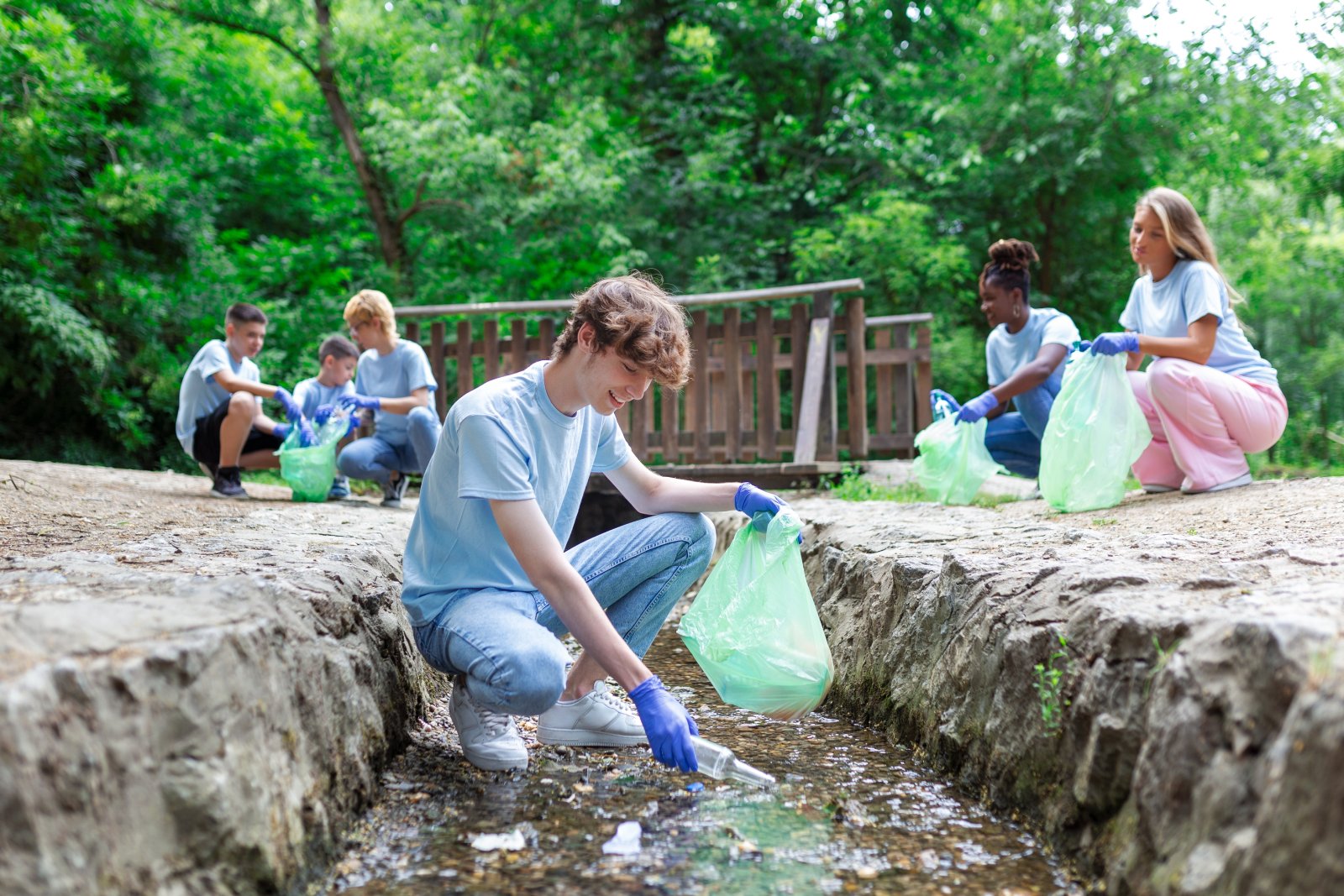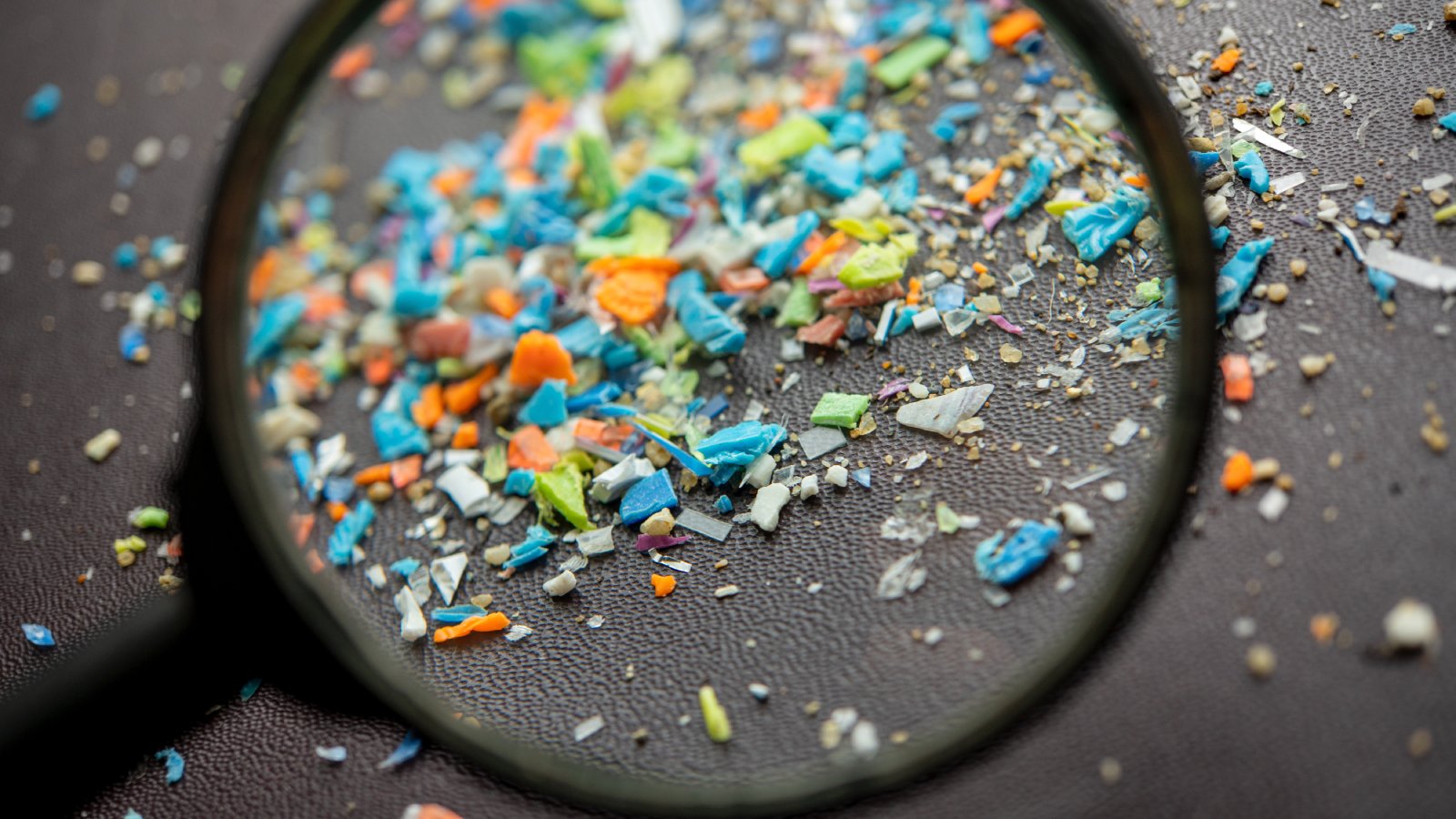Plastic pollution in our oceans is a catastrophe unfolding in real time, with dire consequences that are only getting worse. Here’s why this crisis should keep you up at night.
1. Mass Marine Life Deaths

Image Credit: Pexels
Over 100 million marine animals die each year from plastic waste. Turtles, for example, have a 50% mortality rate when they ingest plastic, mistaking it for food like jellyfish.
2. Toxic Food Chain

Image Credit: Shutterstock / Prometheus72
Microplastics are now found in 73% of fish in the North Atlantic. These plastics accumulate toxins that biomagnify up the food chain, ultimately poisoning the seafood on our plates with chemicals like DDT and PCB.
3. Destroyed Ecosystems

Image Credit: Shutterstock / Tunatura
Coral reefs, which support 25% of marine life, are being smothered by plastic waste. Studies show that corals in contact with plastic have an 89% likelihood of disease.
4. Choking of Waterways

Image Credit: Shutterstock / Photoroyalty
Plastics clog waterways, causing the deaths of millions of marine plants and animals and disrupting the balance of ecosystems that are crucial for the planet’s health.
5. Death of Seabirds

Image Credit: Pexels / cottonbro studio
An estimated 1 million seabirds die each year from plastic ingestion. By 2050, it’s predicted that 99% of all seabird species will have ingested plastic.
6. Persistent Pollution

Image Credit: Shutterstock / David Burrows
Plastics break down into microplastics, which remain in the environment for hundreds to thousands of years, continually harming marine and human life.
7. Poisonous Legacy

Image Credit: Pexels / Nataliya Vaitkevich
Plastics release harmful chemicals as they degrade, including bisphenol A (BPA) and phthalates, which disrupt hormonal systems and cause reproductive issues in marine organisms.
8. Invasion of Microplastics

Image Credit: Shutterstock / SIVStockStudio
Microplastics are found in 94% of tap water in the United States and have infiltrated every part of the ocean, including the Arctic ice and the deepest ocean trenches.
9. Human Health Hazard

Image Credit: Shutterstock / Antonio Guillem
The average person consumes about 5 grams of plastic per week, equivalent to a credit card. These toxins pose significant health risks, including cancer, reproductive issues, and developmental problems.
10. Destruction of Tourist Destinations

Image Credit: Shutterstock / David A Litman
Plastic pollution is turning once pristine beaches into garbage dumps. The Great Pacific Garbage Patch, for instance, is now twice the size of Texas, devastating marine environments and economies reliant on tourism.
11. Economic Costs

Image Credit: Shutterstock / Freedomz
The economic impact of plastic pollution is estimated to be $13 billion annually, encompassing cleanup efforts, losses to the fishing industry, and healthcare expenses related to plastic-related diseases.
12. Habitat Destruction

Image Credit: Shutterstock / I. Noyan Yilmaz
Plastic debris destroys critical habitats such as mangroves and seagrass beds, essential for the survival of many marine species. Loss of these habitats further accelerates the decline in marine biodiversity.
13. Impact on Marine Mammals

Image Credit: Shutterstock / Santiparp Wattanaporn
Over 45% of marine mammal species have been affected by plastic ingestion or entanglement. This results in severe injuries, infections, and death, causing population declines.
14. Ocean Acidification

Image Credit: Pexels / Lucas Meneses
Plastic pollution exacerbates ocean acidification, which threatens marine life and the overall health of the oceans. This further disrupts the delicate balance of marine ecosystems.
15. Irreversible Damage

Image Credit: Shutterstock / kittirat roekburi
The damage caused by plastics in the ocean is often irreversible, with long-term consequences that could take centuries to repair, if at all. Entire species and ecosystems could be lost forever.
16. Harm to Fishing Industry

Image Credit: Pexels / Nataliya Vaitkevich
Plastic pollution has led to a 30% decline in fish populations in some areas due to ingestion and entanglement. This severely impacts the global fishing industry and food security, especially in coastal communities.
17. Loss of Biodiversity

Image Credit: Shutterstock / Matej Kastelic
Plastic pollution is driving numerous marine species towards extinction. Scientists estimate that by 2050, the oceans could contain more plastic than fish by weight, leading to a significant loss of biodiversity.
18. Compromised Marine Research

Image Credit: Shutterstock / Melnikov Dmitriy
Plastics contaminate marine research samples, skewing data and hindering our understanding of ocean health and the impacts of climate change. This compromises efforts to develop effective conservation strategies.
19. Silent Suffocation

Image Credit: Pexels / Heather Park
Plastic debris creates anoxic conditions (lack of oxygen) in marine environments, suffocating marine life and leading to dead zones where life cannot survive. Over 400 dead zones have already been identified globally.
20. Generation of Marine Debris

Image Credit: Pexels / Lucien Wanda
Every year, 8 million tons of new plastic waste enter the oceans, adding to the already insurmountable problem. This relentless influx makes clean-up efforts seem futile.
21. Future Generations’ Burden

Image Credit: Pexels / Leonardo Luncasu
The legacy of our plastic use will haunt future generations, who will inherit a poisoned, depleted ocean struggling to sustain life. This environmental debt will be nearly impossible to repay.
A Dire Warning

Image Credit: Shutterstock / Thx4Stock team
The plastic crisis in our oceans is a ticking time bomb with catastrophic consequences. Will we act decisively to avert this disaster, or will we allow our oceans to become lifeless wastelands? The time to act is now.
Oil Dumping Scandal Rocks Ships Heading to New Orleans

Image Credit: Shutterstock / Aerial-motion
Two shipping companies have been fined after knowingly hiding a large oil spill in the Atlantic Ocean. Oil Dumping Scandal Rocks Ships Heading to New Orleans
20 Eye-Opening Realities Facing Retiring Baby Boomers

Image Credit: Shutterstock / Jack Frog
As Baby Boomers approach retirement, the promise of leisure and security often seems unattainable. This generation faces unique challenges that could redefine retirement. Here’s a stark look at the realities shaping their outlook. 20 Eye-Opening Realities Facing Retiring Baby Boomers
Retail Apocalypse: Massive Closures Sweep Across U.S. Brands

Image Credit: Shutterstock / Tada Images
Stores across the U.S. are closing at unprecedented levels, according to new research from advisory firm Coresight Research. Read on for more information about the impact this could have on you and your communities. Retail Apocalypse: Massive Closures Sweep Across U.S. Brands
Featured Image Credit: Shutterstock / Sukpaiboonwat.
For transparency, this content was partly developed with AI assistance and carefully curated by an experienced editor to be informative and ensure accuracy.


